Nestled along the spine of the western United States, the Sierra Nevada mountain range is a land of stark contrasts and breathtaking beauty. From its snow-capped peaks to its dense forests and barren high-altitude plateaus, this region is a thriving ecosystem, home to a diverse array of wildlife. In this article, we will explore 12 extreme animals that have adapted to the often harsh conditions of the Sierra Nevada. Through unique characteristics and behaviors, these creatures not only survive but thrive in one of nature’s most challenging environments.
Mule Deer
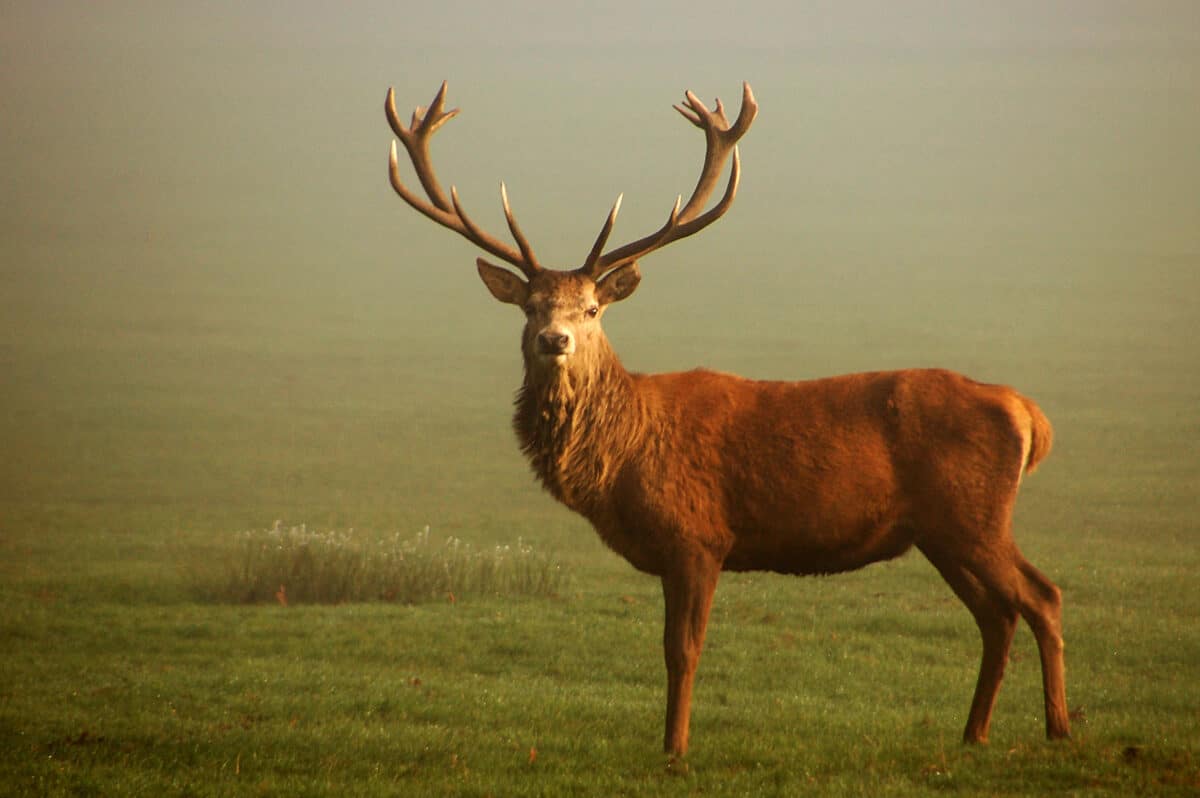
The mule deer is a common sight in the Sierra Nevada, known for its large size and distinctive large ears, which resemble those of a mule. These deer have adapted well to the Sierra’s varying environments, from alpine meadows to lower grasslands. They are primarily herbivorous, feeding on shrubs, grasses, and herbs, depending on the season. This versatility in diet helps them survive the harsh winters when food is scarce.
Sierra Nevada Bighorn Sheep
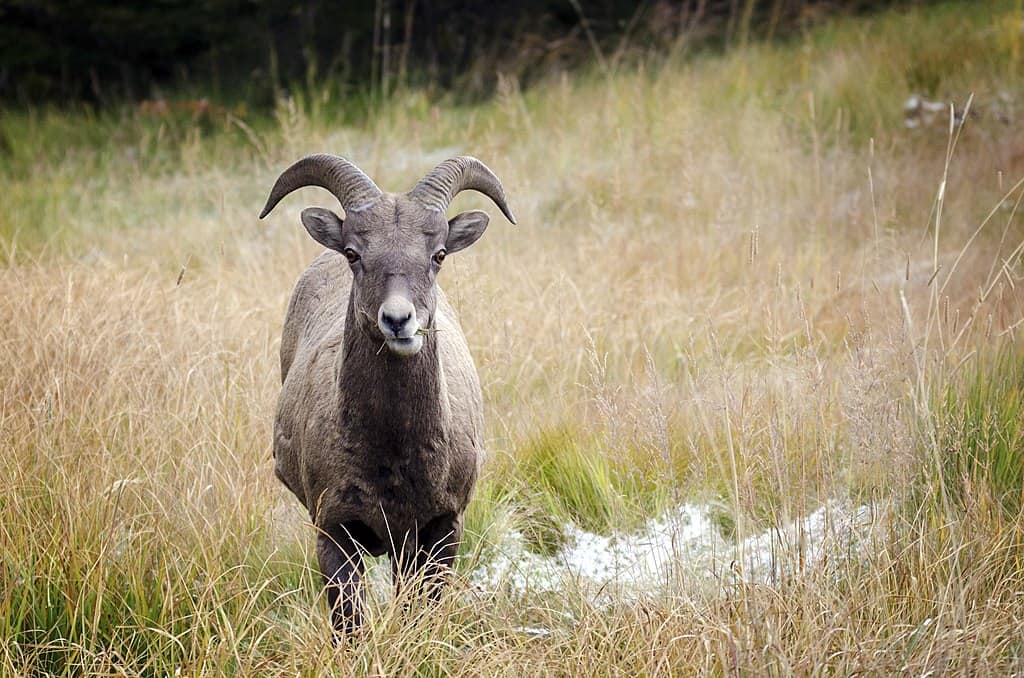
The Sierra Nevada bighorn sheep is a subspecies uniquely adapted to the rugged terrain of this mountain range. With powerful legs and excellent climbing skills, these sheep navigate steep, rocky landscapes with ease. Their thick fur insulates them against cold temperatures, while their keen eyesight helps them detect predators from afar. Conservation efforts have been crucial in protecting this iconic species, which was once on the brink of extinction.
Yellow-Bellied Marmot
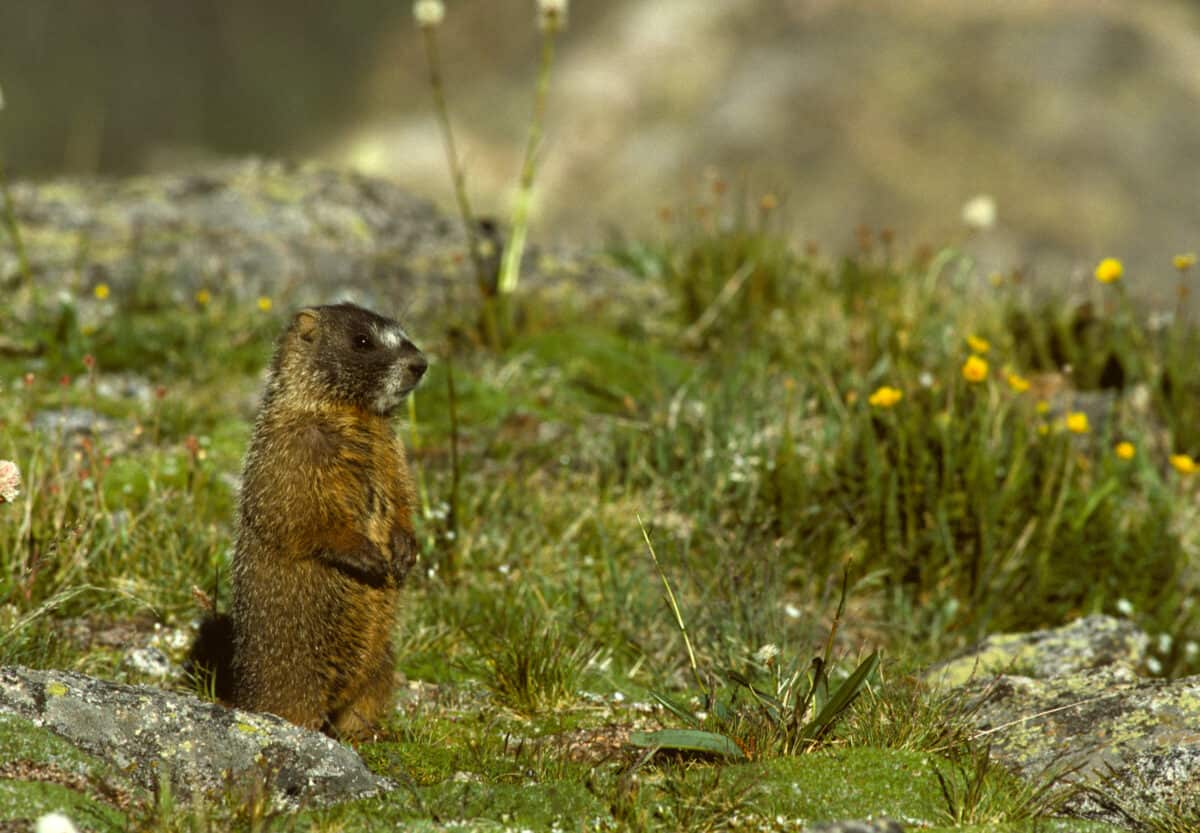
This rotund rodent thrives in the alpine regions of the Sierra Nevada. Yellow-bellied marmots are social creatures, often seen basking on sunlit rocks or burrowing in meadows. They hibernate for up to eight months during the year, surviving on stored fat accumulated during the short summer. Their ability to withstand low oxygen levels at high altitudes makes them exceptional adapters to this environment.
American Pika

Another alpine specialist, the American pika, is a small, tailless mammal known for its high-pitched calls. These creatures are well adapted to cold and rocky environments where they build complex tunnel systems. Despite their diminutive size, pikas are industrious workers. They gather and dry vegetation in “hay piles” to sustain them through the long winter months, demonstrating remarkable foresight and preparation.
Gray Wolf

Once extirpated from the Sierra Nevada, the gray wolf has been making a gradual return thanks to conservation efforts. As apex predators, they play a vital role in regulating prey populations and balancing the ecosystem. Gray wolves in the Sierra have adapted to hunting various species, from deer to smaller mammals, depending on availability. Their resurgence is a testament to the importance of preserving natural habitats for top-tier predators.
Mountain Lion
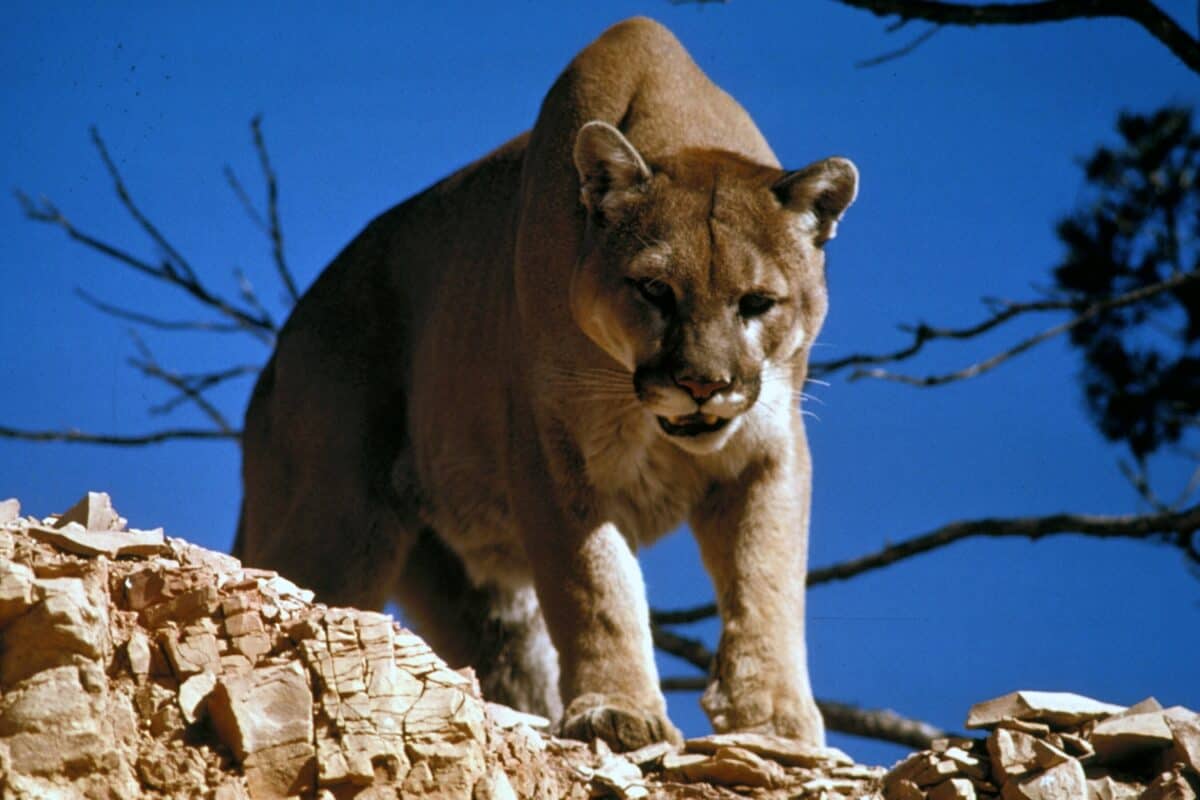
The elusive mountain lion, or cougar, is a master of stealth in the Sierra Nevada. These solitary predators have large territories and are primarily nocturnal. They possess excellent night vision and acute senses, making them efficient hunters of deer and other animals. Despite their secretive nature, mountain lions are a crucial part of the Sierra’s delicate ecological balance.
Great Gray Owl
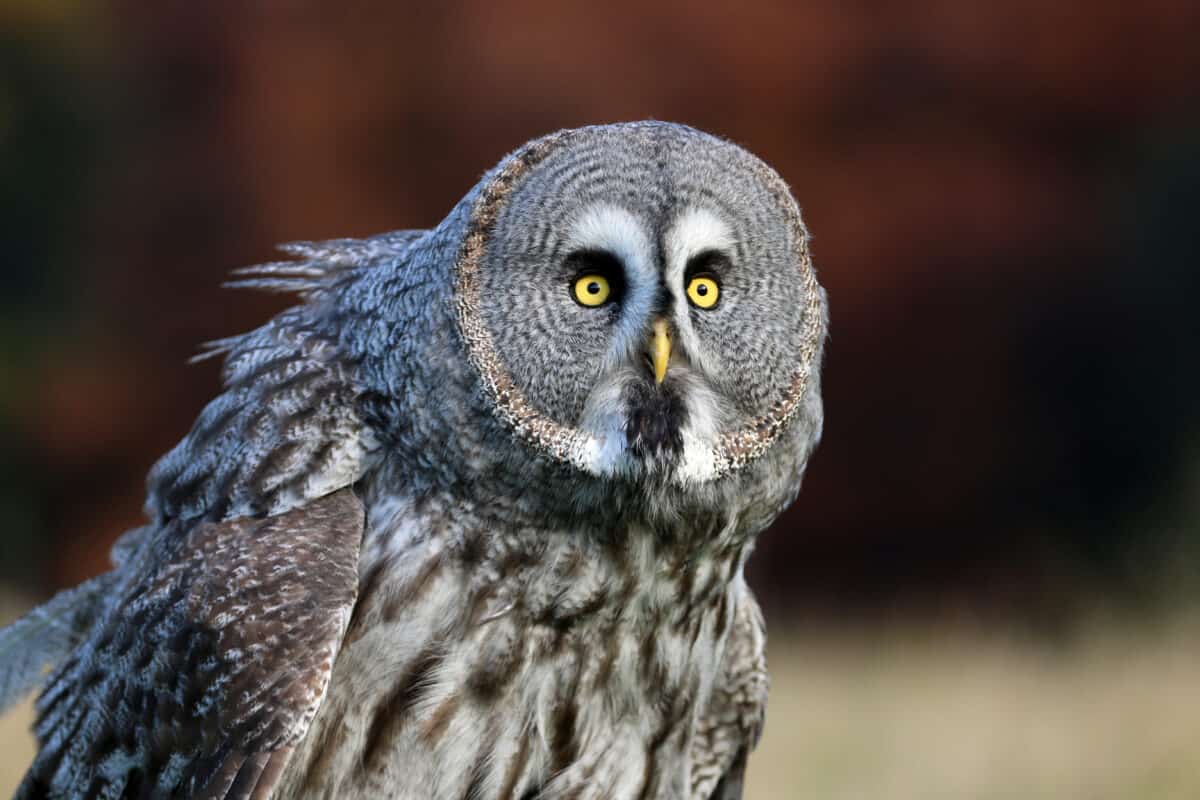
The great gray owl is a majestic bird of prey found in the dense forests of the Sierra Nevada. Noted for its large size and ghostly appearance, it preys primarily on small mammals. With acute hearing capable of detecting the slightest movements under snow, these owls are formidable hunters. Their presence in the Sierra is an indicator of the health of the forest ecosystem.
Western Tanager
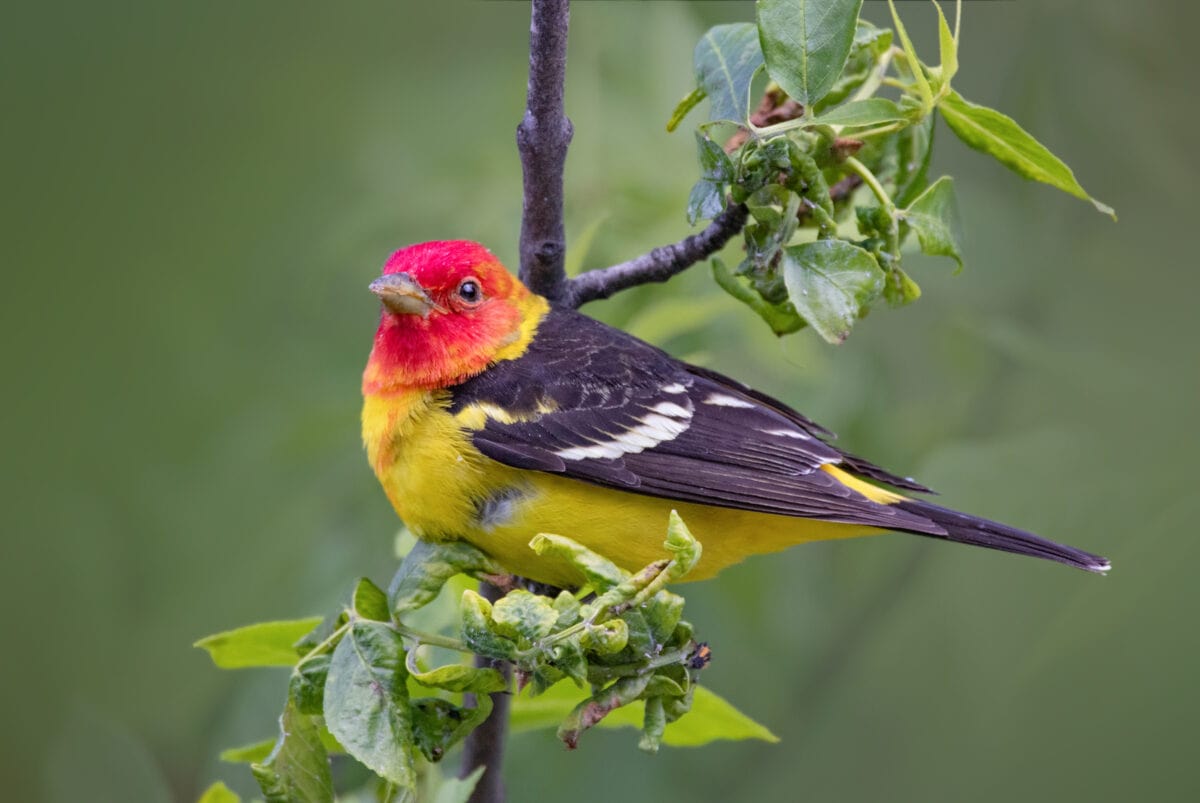
Brightly colored and melodious, the western tanager is a migratory bird that breeds in the open woodlands of the Sierra Nevada. Their vivid plumage of red, yellow, and black makes them easy to spot during spring and summer. As insectivores, they help control insect populations, contributing to the ecological health of their habitat. Their migration patterns are influenced by available food sources and suitable nesting sites.
Golden Trout

The golden trout, California’s state fish, inhabits the cold, clear waters of the Sierra Nevada. Renowned for its vibrant coloration, it thrives in remote mountain streams and lakes. These trout have adapted to low-nutrient waterways, feeding on insects and small invertebrates. They are an indicator species, reflecting the pristine conditions of their alpine aquatic environments.
Pacific Fisher
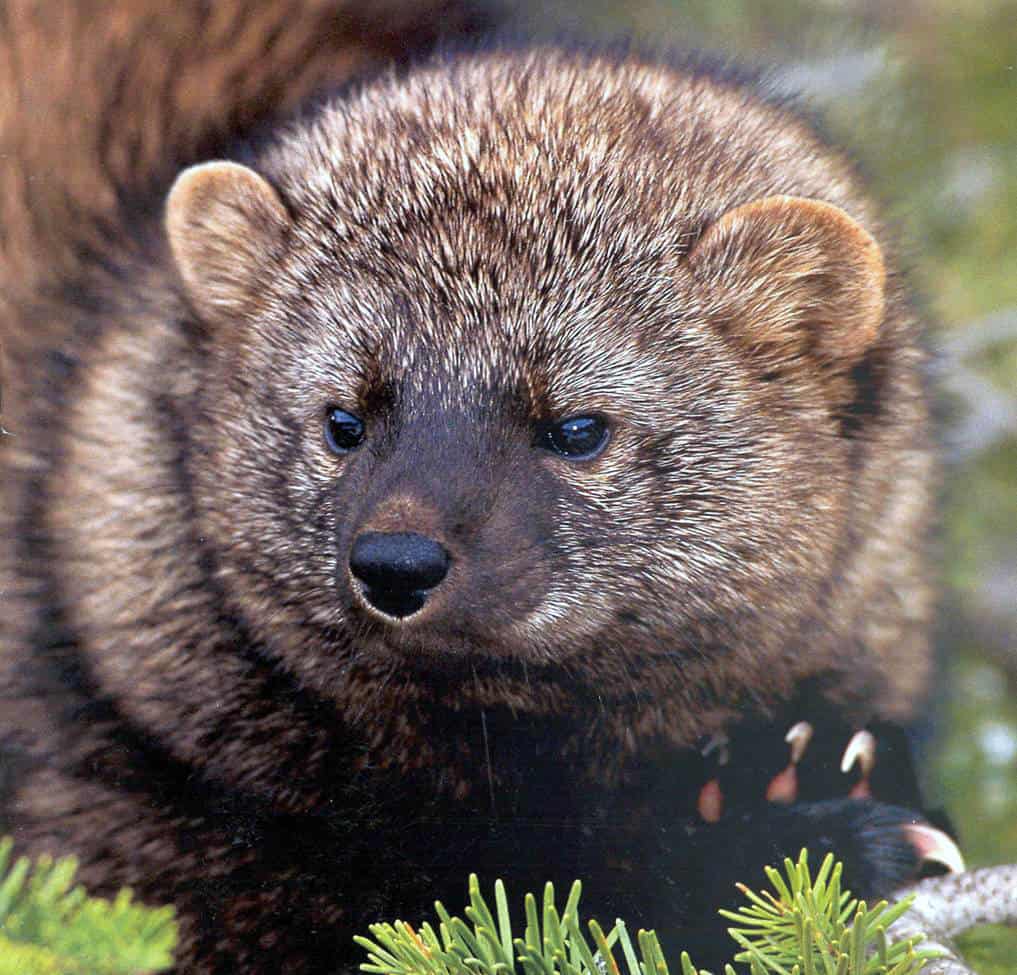
The Pacific fisher is a small carnivorous mammal adept at climbing trees in the Sierra’s mixed conifer forests. They are agile hunters, preying on squirrels, birds, and smaller mammals. As a key predator in the ecosystem, their presence helps regulate prey populations. However, factors such as habitat loss and disease have threatened their numbers, necessitating conservation efforts to ensure their survival.
Northern Goshawk

The northern goshawk is a powerful raptor found in the forested regions of the Sierra Nevada. They are known for their fierce hunting skills and territorial nature. With broad wings and a long tail, they navigate through dense woods with ease, preying on birds and small mammals. Their adaptability to different forest types makes them resilient, but habitat preservation remains critical for their continued presence.
Mountain Yellow-Legged Frog
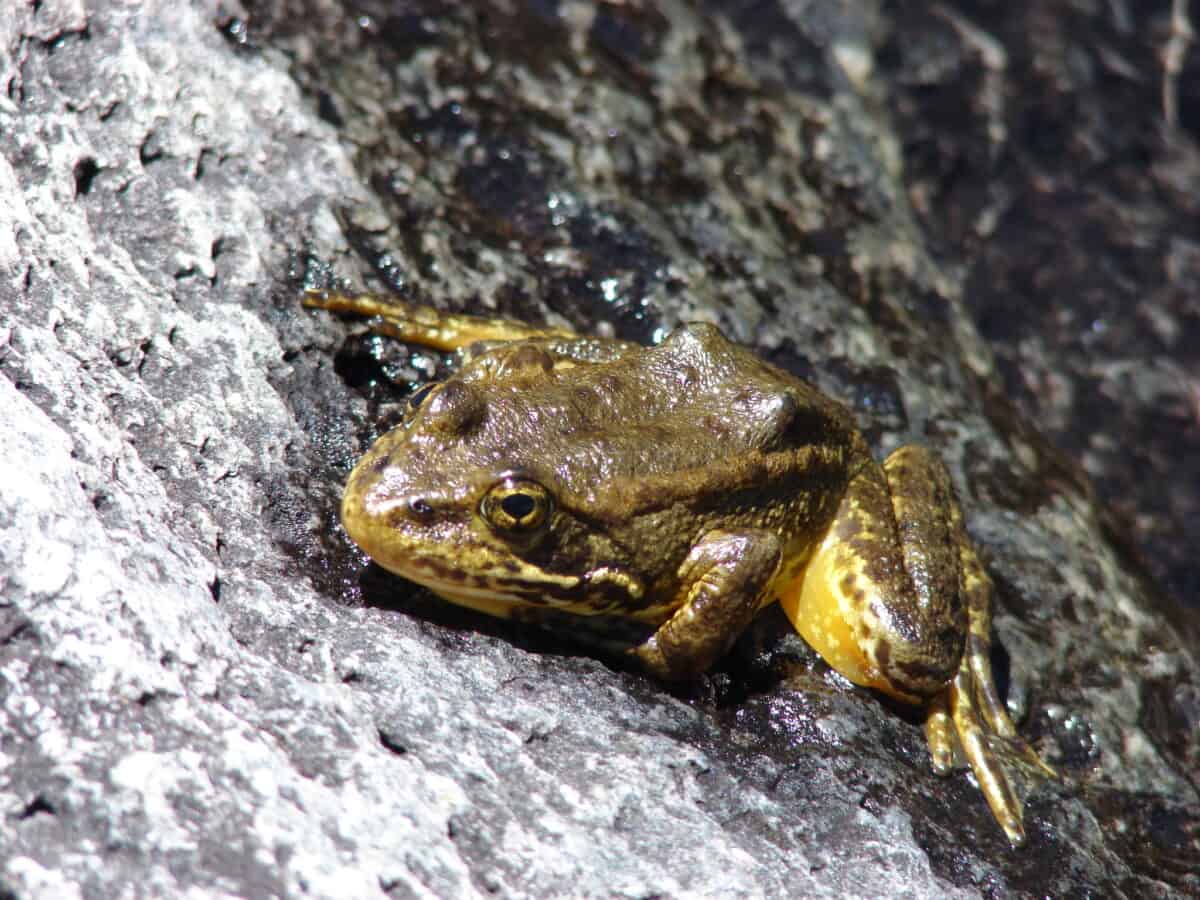
This amphibian is a testament to resilience, enduring the harsh mountain climates of the Sierra Nevada. Once widespread, the mountain yellow-legged frog has faced population declines due to habitat loss, disease, and climate change. They rely on clean, cold water habitats and have adapted to the short growing seasons and unpredictable temperatures of high-altitude environments. Their recovery is pivotal to the Sierra’s ecological future.
Conclusion:

In conclusion, the Sierra Nevada is home to a fascinating array of wildlife, each species uniquely adapted to its environment. From the rugged bighorn sheep to the elusive gray wolf, these animals demonstrate nature’s incredible resilience and adaptability. Protecting these species and their habitats is crucial, not only to preserve biodiversity but also to maintain the ecological balance of this stunning region. Through conservation efforts and increased awareness, we can ensure that these extreme survivors continue to thrive in the Sierra Nevada for generations to come.
- 11 Dog Breeds That Rarely Bark - August 22, 2025
- 13 Wild Animals That Only Come Out at Night - August 22, 2025
- 15 Strangest Animal Feeding Habits - August 22, 2025

